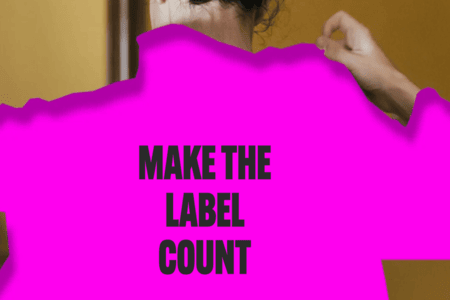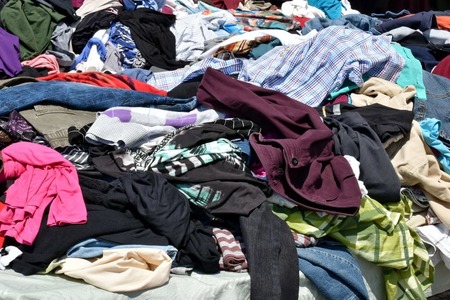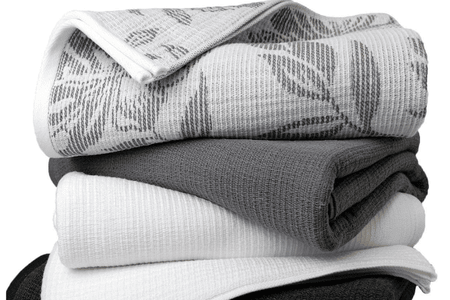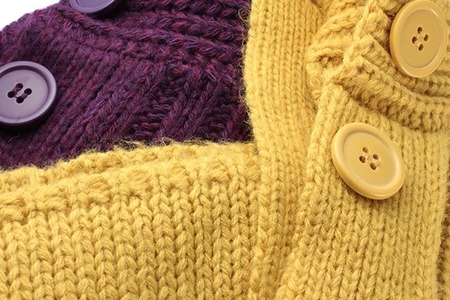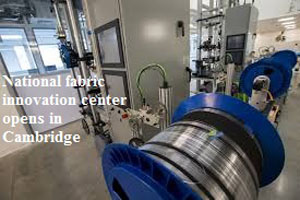
National fabric innovation center opens in Cambridge
YarnsandFibers News Bureau 2017-06-20 16:00:00 – CambridgeAdvanced Functional Fabrics of America (AFFOA) a public-private partnership that began at MIT, has officially opened its headquarters in Cambridge.
CEO Yoel Fink at the headquarters’ opening ceremony said that fabrics express who we are, convey our identity as individuals and our values as a society. A new high-tech fabric center has actually developed that technology.
The $10 million center is located near MIT, which last year founded AFFOA after the federal government tapped Massachusetts to lead a national textile manufacturing innovation institute. Other centers are also planned. The Cambridge headquarters has space for startups, workforce development and product prototyping.
Inside, the center looks like a gigantic laboratory. The walls are white with floor-to-ceiling glass partitions. Twenty-foot-tall machines spit out long tiny fibers. Those fibers go on a spool. Think of it as high-tech yarn spinning. The fibers are then fed into different machines that knit and weave them into fabrics.
The space will have three main functions: to serve as a startup incubator (AFFOA already has 110 member organizations, 45 of which are startups) and provide tools and guidance to emerging companies who are developing fabric-based products; to focus on education and hands-on opportunities for students to get involved in this emerging field; and to turn ideas into functional products by creating prototypes.
AFFOA is collaborating not only with startups, but also with universities both in the commonwealth and across the country, from UMass Lowell to Drexel University to the University of Texas at Austin and more. The institution is also working with large-scale companies, like Boston’s own New Balance.
To Fink, who is also a professor of materials science and engineering at MIT, fabric is “the new software.†The big idea here is to develop fabrics that provide services.
The invention AFFOA unveiled is a backpack made out of fabric that allows people to upload photos, videos or other information into it using an app called AFFOA Looks. Someone else with the same app can then hold their phone up, scan the backpack and pull up what the backpack owner has uploaded. It works sort of like a QR code.
It's like having a social media platform embedded into fabric. There could also potentially be some advertising and marketing applications.
Market Intelligence
Ask for free sample Report

experience
Customer Base
dedicated team
Countries Served Worldwide




